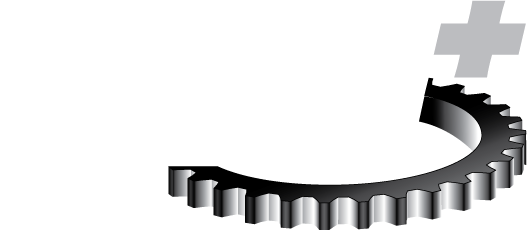
Continuously Variable Transmission Technology
Continuously Variable Transmission (CVT) technology is both a theoretical and practical option that addresses several system level improvement opportunities within the automotive and larger mobility industries. Although this technology has been available for many years and is now fully matured as a production ready application, it is often not fully understood. This course covers CVT technology in all its forms and implementations with the aim of providing a complete understanding of all the technologies that are considered continuously variable and to order them in terms of their automotive applicability. Time is spent discussing application strategies, control and communication requirements with the rest of the powertrain, durability and lubricants.
Learning Objectives
By completing this course, you will be able to identify, recognize or articulate:
- All technologies classified as continuously variable
- Benefits and differences of push-belt versus pull-chain CVT systems
- Benefits and differences of variator versus toroidal technologies
- Fundamentals of friction and lubrication applied to mechanical power transmission
- Meaning and use of the functional properties of current lubricant technology
- The phraseology ‘friction-required versus friction-not-required’ as applied to mechanical power transmission system
- Function and operation of all major CVT technologies
- Requirements of CVT and traction specific lubricants
Who Should Attend
Designed as an introduction, this course is intended for anyone who is not familiar with the function, requirements, and application of continuously variable transmission technology to modern passenger vehicle transmission systems. The material covered in this seminar is targeted at a number of design and engineering disciplines including, but not limited to, design engineers and engineering managers, vehicle powertrain and driveline designers, component suppliers, powertrain and driveline test and development engineers, and design services managers.
Prerequisites
Learners should have an undergraduate engineering degree and must have a working knowledge of torque converters, epicyclic geartrains, multi-plate clutches (their function and actuation technologies) and a general understanding of lubrication technology.
Topics
- Review of the various CVT strategies
- Overview of all major types of continuously variable technologies
- Pros and cons of each
- Comparison of “Stepped” vs. “Step–less” transmission technology
- A brief review of transmission technology evolution
- Benefits and drawbacks of two modes of operation
- Concept of “friction required” transmissions (i.e. belt / chain CVT, Toroid, etc.) vs. “friction not required” technology (i.e. gears, etc.)
- Conceptual and functional differences between mechanical power transmission systems that require friction to operate and those that do not
- Vehicle powertrain optimization example
- The systemic effect of stepped vs. stepless power transmission powertrain performance
- Develop a model of the theoretical optimum functional requirement of a transmission
- Technology overview of belt style CVT (i.e. push / pull) and requirements of lubricant (CVT oil)
- The specifics of a belt style CVT; most commonly based on a “push” belt technology and the requirements of the lubricant to support expected performance levels
- Technology overview of chain style CVT (i.e. pull)
- The specifics of a chain style CVT, most commonly based on a “pull” belt technology
- The requirements of the lubricant to support expected performance levels
- Technology overview of toroidal style CVT and the requirements of the lubricant (traction oil)
- Specifics of a toroidal style CVT, most commonly based on a ˜bell” idler engaged with a set of toroids
- Requirements of the lubricant to support expected performance levels
- Technology overview of sphere style CVT
- The specifics of a toroidal style CVT, most commonly based on a spherical planet (e.g. planet pinion gear of an epicyclic gear set) engaged with a set of conical races
- Requirements of the lubricant to support expected performance levels
